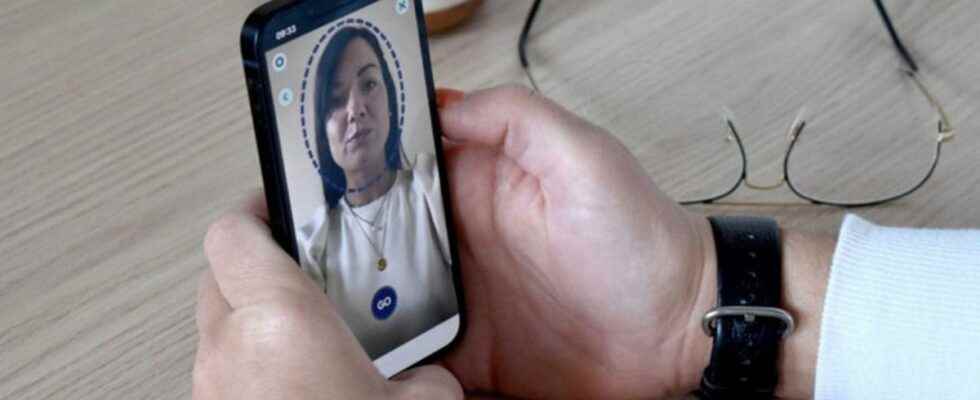Published on
Updated
Reading 2 mins.
A French start-up presents a remote diagnostic solution that can calculate in particular the rhythm and heart rate, blood pressure or even the level of stress of a person, simply using a short video of a few seconds. This technology could considerably improve the quality of medical teleconsultations if it were to develop.
This feat is signed by i-Virtual, the very first company to receive CE certification for a medical device for measuring vital signs remotely. Called Caducy, the latter makes it possible to measure several physiological variables: heart and respiratory rates, heart rate variability, blood pressure, stress level and oxygen saturation.
For this, the “patient” only has to take a simple video selfie, that is to say pose in front of his camera for about thirty seconds. Caducy is based on a combination of advanced technologies, in this case contactless photoplethysmography, a technique that detects variations in microvascular blood volume in tissues, combined here with artificial intelligence. Note that Caducy has been studied to work on all skin types, with or without makeup, from 18 to 80 years old. In the end, Caducy does not save any personal data or image streams and thus wishes to guarantee the protection of the privacy of all of its users.
This system works with any smartphone or computer camera, knowing that it includes algorithms for stabilizing and processing the image in the event of facial movements or lighting changes.
It is easy to imagine the uses that could result from it in the context of teleconsultations. By integrating on dedicated platforms, Caducy could thus make it possible to carry out much more in-depth examinations than what is allowed today.
This device is currently in beta testing and has already been used more than 20,000 times under real conditions. According to i-Virtual, the reliability of the measurements thus obtained would already be close to 95%. There is no doubt that it could soon help the development of telemedicine in France and within the European Union.
